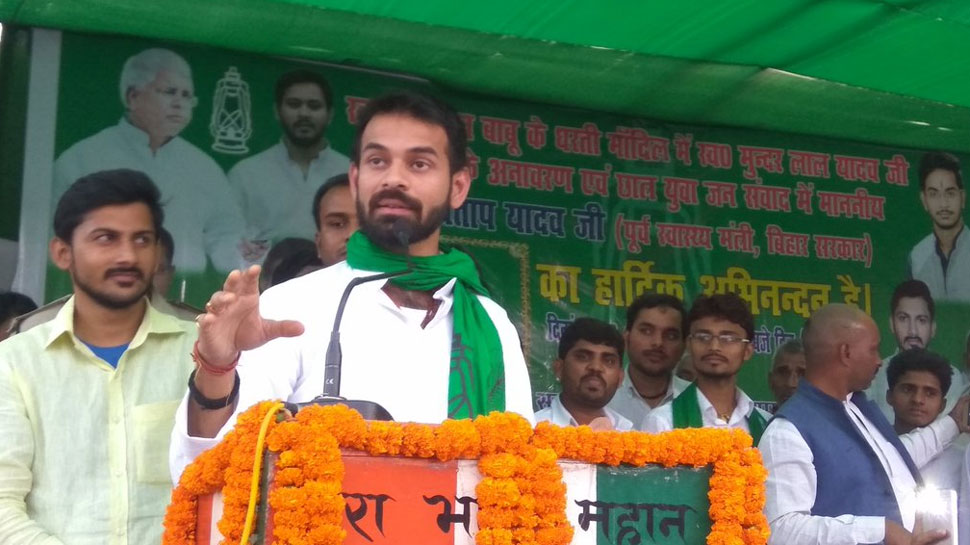One out of every two adults is mentally disturbed in Kashmir Valley, says a survey conducted by Medecines Sans Frontiers (MSF). The Valley has been in the midst of a violent conflict for more than two decades.
The MSF’s “first comprehensive mental health survey” also reveals that one in every five adults in Kashmir is living with Post Traumatic Stress Disorder (PTSD).
The study that is being described as a first comprehensive mental health survey in Kashmir has revealed that nearly 1.8 million adults equaling 45 per cent of adult population suffer from mental distress in Valley and a majority of people have experienced or witnessed conflict-related trauma.
The report reveals that depression is the most prevalent disorder in the valley with 41 per cent adults showing its symptoms.
“Nearly 1 in 5 adults (19%) in the Kashmir Valley is living with significant PTSD symptoms, representing 7,71,000 individuals, with 2,48,000 (6%) meeting the diagnostic criteria for PTSD,” a report of the research released by the MSF reads.
The study, conducted by MSF along with Kashmir University’s Department of Psychology and the Institute of Mental Health and Neurosciences (IMHNS), Kashmir between October and December 2015 in 399 villages, has surprisingly shown mixed results with people in some districts where protests and militancy have shown increase, reporting lesser prevalence of psychiatric disorders.
“The most-reported problems of daily life faced by adults living in the valley are financial issues, poor health and unemployment,” the report said, adding a comprehensive and integrated decentralised prevention, care and treatment programme was needed in the Valley.
Prevalence of PTSD in south Kashmir’s Pulwama district that is known as a hotbed of militancy and anti-India sentiment, is even lesser than the average percentage of people suffering from such disorders in whole of Kashmir. Seventeen per cent of Pulwama residents suffer from PTSD and 20 per cent suffer from anxiety. Anantnag district has almost equal PTSD and anxiety rate.
Central Kashmir’s Budgam district, where political expression is minimal, has seen the highest percentage of people suffering from psychological disorders. While 26 per cent of people in the district have PTSD, 54 per cent people suffer from depression and 36 per cent suffer from anxiety.
J&K summer capital Srinagar has the lowest number – 11 per cent – of people suffering from the PTSD. The prevalence rate of depression and anxiety too is lowest in the district.
In north Kashmir’s Baramulla where the violence has waned in recent years, the PTSD and depression prevalence rate is almost equal to Budgam that figures at the top. Twenty six per cent people suffer from PTSD and 51 per cent residents have depression in the district.
However, in south Kashmir’s Kulgam and Shopian districts the rate of PTSD is higher with 25 per cent and 22 per cent of the population respectively suffering from the disorder. The depression rate is over 40 per cent in both the districts.
The report has also revealed that the prevalence of mental distress was “significantly higher” among woman than men. “50 per cent of women and 37 per cent of men have probable depression, 36 per cent of women and 21 per cent of men have a probable anxiety disorder, and 22 per cent of women and 18 per cent of men have probable PTSD,” a summary of the research reads.
The study has negated the view that the population in Kashmir has taken to drugs as a coping strategy. “Very few Kashmiris reported consuming alcohol, taking cannabis or opioids. This is not reflective of findings from prior research conducted in the valley or of anecdotal evidence from service providers,” the report reads.










